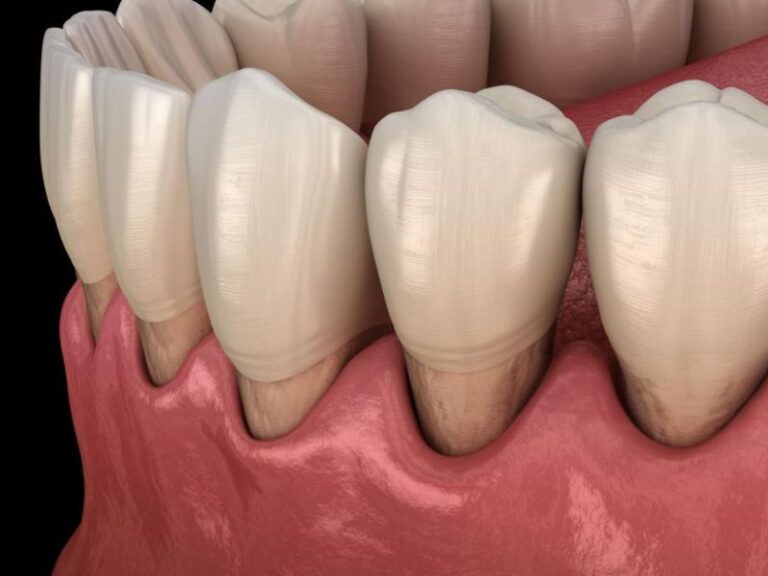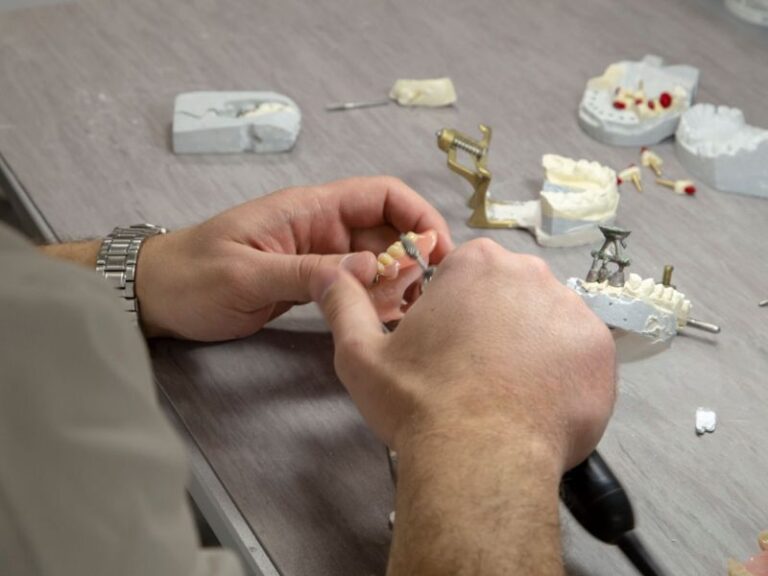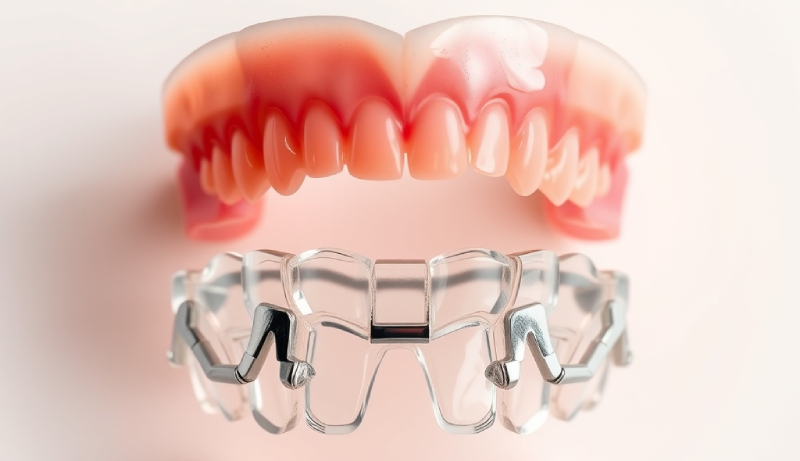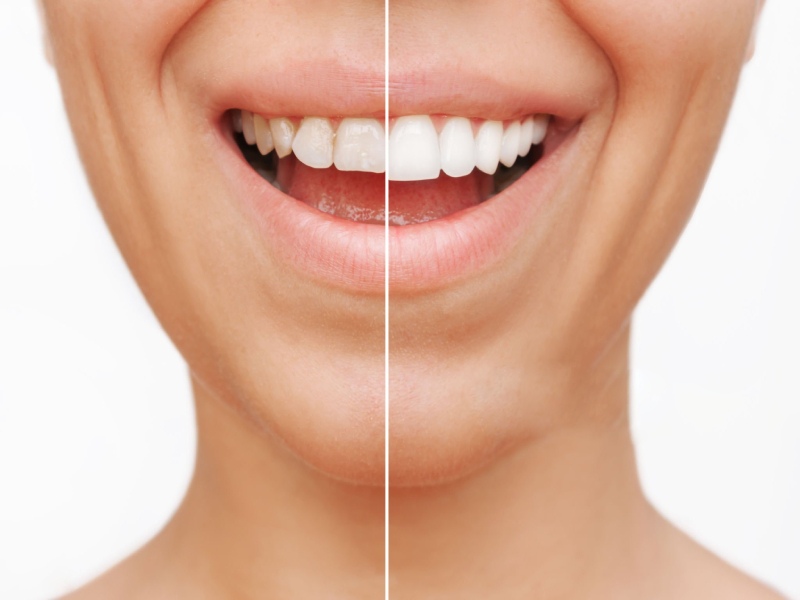
Dental Veneers: What to Expect Before, During, and After
Ever look in the mirror and think your smile could be straighter, whiter, or just better? Dental veneers might be what you’ve been looking for. This easy guide walks you through everything about dental veneers—before, during, and after your dentist visit. You’ll find out what veneers are, how much they cost, what getting them feels like, and how to keep your new teeth looking awesome. If you want honest info, simple steps, and real patient stories—all in plain English—you’ve come to the right place.
Table of Contents
What Are Dental Veneers?
Dental veneers are thin covers for your teeth. Dentists use things like porcelain or composite resin to make these shells. They look like bright, perfect teeth and cover the front part of your real teeth.
Problem: Lots of folks have stained, chipped, or crooked teeth but get worried about losing their natural smile.
Agitate: You might hide your teeth in selfies or not want to talk in front of people. Sometimes, you might use teeth whitening stuff from the store, but those don’t fix cracks or unevenness.
Solution: Veneers can hide stains, close spaces (gaps), fix chips, and make teeth even. They can give you a smile that looks great on camera!
Table 1. Veneer Materials and Features
| Material | Looks Like | Stain Resistant | Lasts | Price (per tooth) |
|---|---|---|---|---|
| Porcelain (E-Max, Zirconia, Feldspathic) | Natural Tooth | Yes | 10–20 years | $925–$2,500 |
| Composite Resin | Tooth | Kind of | 5–7 years | $250–$1,500 |
Reference: American Dental Association, Journal of Prosthetic Dentistry
Why People Get Dental Veneers
Most people want veneers because they want a better-looking smile. Dentists use veneers to fix:
- Deep stains that don’t go away with whitening
- Little chips or cracks in the front teeth
- Teeth that are worn down or uneven
- Small spaces between teeth (gaps)
- Teeth that are a bit crooked
- Spots or lines in the teeth where the enamel didn’t form right
Veneers work if you want a full smile makeover or even just want your teeth to look better for a wedding or work event. Some go all out and get veneers on both their top and bottom teeth.
Reference: American Academy of Cosmetic Dentistry (AACD), WebMD
Am I a Good Fit for Dental Veneers?
Not everybody can get veneers. Here’s what your dentist looks for:
Good Candidates:
- Healthy mouth and gums
- Enough enamel for sticking the veneer on
- Teeth that are mostly straight (not really crooked)
- No gum problems or big holes (cavities)
- Realistic ideas about what veneers can do and can’t do
Veneers Can Help:
- Dark stains (like from medicine or fluoride)
- Small chips or worn-down teeth
- Gaps between teeth
- Small crooked spots
Veneers Are Not for:
- People with gum disease or weak teeth
- Folks who grind their teeth a lot (unless they wear a night guard)
- Folks whose teeth are worn down to almost nothing
- Kids and teens whose teeth are still growing
If your teeth are really crooked, your dentist will probably suggest braces or Invisalign first.
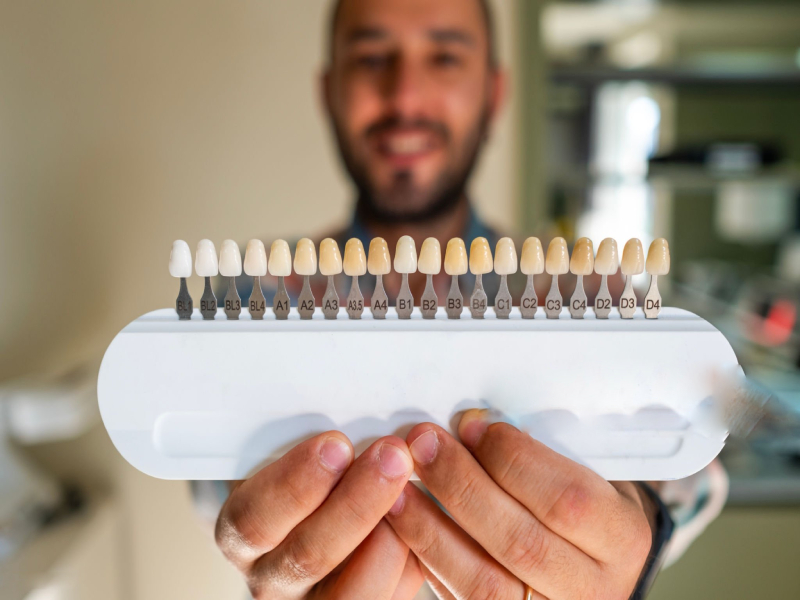
Your First Appointment: What Happens
The first step is a consultation. Here’s what usually happens:
- Exam: The dentist looks at your teeth and gums.
- X-rays: To see if you have any hidden problems.
- Smile Preview: Some offices use computers to show you a “before and after” of your teeth. You might see this with a 3D scan or a plastic “mock up.”
- Ask Away: Don’t be shy! Good questions include:
- Can I see before and after photos of veneers you’ve done?
- What kind of material will you use?
- Are you AACD certified?
- How much will this cost? Is there a guarantee?
After your consult, you’ll know if veneers are right for you.
Porcelain vs. Composite Veneers: Which to Pick
Here’s the big choice—do you want porcelain or composite veneers? Let’s break it down.
Table 2. Porcelain vs. Composite Veneers
| Feature | Porcelain | Composite |
|---|---|---|
| How Long They Last | 10–20 years | 5–7 years |
| Cost | More expensive | Cheaper |
| Stain Resistance | Excellent | Okay (can stain later) |
| How Many Visits | 2 trips (lab-made) | 1–2 trips (can be same day) |
| Looks | Super natural, shiny | Good, but less shiny |
| Easy to Repair? | No, must replace | Yes, can fix small chips |
| Brands | E-Max, etc. | Composite |
Porcelain is best if you want your smile to last a long time and look most like real teeth. Composite is good if you want to save money or don’t want much enamel removed.
Reference: Healthline, AACD Patient Data
How Much Do Veneers Cost?
Here’s what people really want to know. Veneers can be expensive, but lots of folks say it’s worth it.
Typical Prices:
- Porcelain Veneers: $925–$2,500 for each tooth (the usual is about $1,500)
- Composite Veneers: $250–$1,500 for each tooth
What Changes the Price?
- How many teeth you’re getting done
- What kind of veneer you pick (porcelain, composite, etc.)
- The dentist’s experience
- Where you live (cities cost more)
- If special tools or computers are used
Will Insurance Pay for Veneers? Most of the time, no. Dentists usually call it “cosmetic,” so insurance won’t pay. Sometimes you can pay over time or get a healthcare loan (like CareCredit).
Is It Worth It? Research says over 92% of patients love their new porcelain veneers, and most say it makes them feel a whole lot better about their smile.
Reference: ADA, AACD, CareCredit, International Journal of Prosthodontics
The Procedure: Step by Step
Let’s walk through what will happen. You’ll usually go to the dentist twice.
Visit 1: Getting Ready and Taking the Mold
1. Tooth Trim
- The dentist numbs your mouth so you don’t feel anything.
- They shave off about 0.3mm to 0.7mm from the front of your tooth—that’s thinner than your fingernail.
- Some veneers (like Lumineers) don’t need much or any trimming.
2. Making the Mold
- The dentist takes a copy of your teeth with some soft goop stuff or with a fancy camera.
- They send this to a lab where your new veneers get made.
3. Picking Color
- You pick the color, using a shade guide.
- You want them to match the rest of your teeth or be a little whiter.
4. Temporary Veneers
- These are quick-fix fake teeth (made of plastic/resin) glued on with soft glue.
- You’ll wear these 1–3 weeks until your real veneers are ready.
Visit 2: Attachment Day!
1. Try Them On
- The dentist takes off your temp teeth.
- Next, you check out the new ones in the mirror and make sure you like them.
2. Sticking Them On
- The dentist cleans your teeth, uses a special jelly to make them sticky, then glues your veneers with special cement and light.
3. Final Checks
- They check your bite (how your teeth close).
- Last thing—a quick polish so they shine.
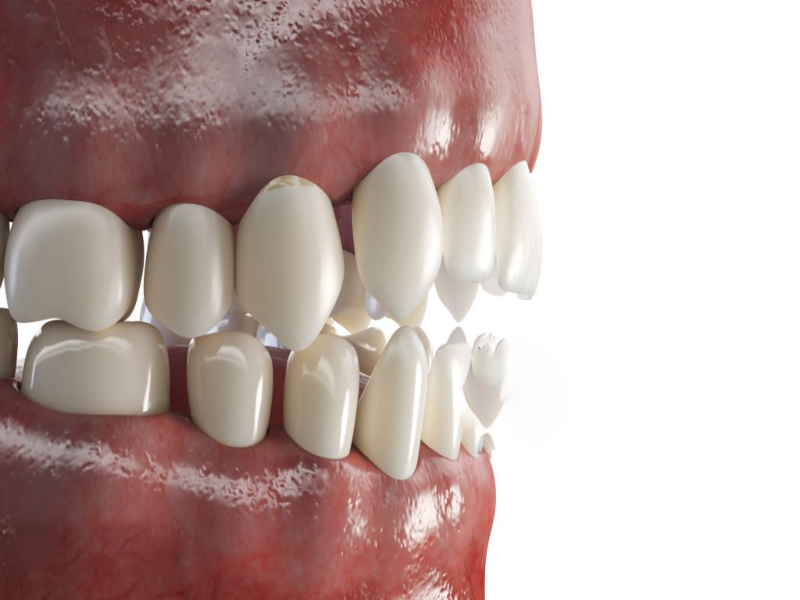
What Do Temporary Veneers Feel Like?
Don’t worry—these only stay for a short time! Most people say their temps feel a bit thick or weird at first. You might notice:
- Odd speech for a day or two (maybe a tiny lisp)
- Extra sensitivity to hot or cold stuff
- Gums that feel a little swollen
Tips for Waiting on Your Real Veneers:
- Don’t eat hard things like popcorn, ice, or hard candy
- Skip sticky snacks (gum, taffy) and stain-makers like coffee or red wine
- Brush softly with a gentle toothbrush
- Floss carefully or try a water flosser
Reference: New York University College of Dentistry, Healthline
Recovery and Care: What to Do
Wondering if you’ll hurt after your veneers go on? Here’s the scoop:
First Day or Two
- Your mouth might feel strange, like your teeth are “too big,” but you’ll get used to it quick
- Some people get mild sensitivity to hot or cold
- Gums can feel a bit sore
- Stick with soft food for now (nothing hard or chewy)
Keeping Your Smile Looking Good
Want your new teeth to last? Here’s how:
- Brush two times a day with regular toothpaste (not too rough)
- If you grind your teeth, wear a night guard (it protects your veneers)
- Floss gently every day
- Don’t use your teeth to open bags or bottles
- Visit your dentist every 6 months
What to Skip
- Don’t chew on ice, pencils, nails, or super hard stuff
- Skip biting really sticky or gooey foods with your veneers
- Cut down on drinks like coffee, tea, or red wine (they don’t really stain porcelain, but can stain the other glue)
Can You Still Get Cavities With Veneers?
Yes! Veneers only cover the front side. The back of your tooth and your gums still need good care. So, keep brushing and flossing like normal.
How Long Do Dental Veneers Last?
It depends on what you pick and how you treat your teeth.
- Porcelain Veneers: Usually last 10 to 20 years; about 9 out of 10 last at least 10 years
- Composite Veneers: Usually last 5 to 7 years; may need patching because of chipping or staining
When Do You Need New Veneers?
- If they chip, break, fall off, or get a dark line at the edge
- Getting a new one is like the first time—the dentist takes off the old and puts on a new one
Reference: Journal of Prosthetic Dentistry, ADA, AACD
Most Important Things to Remember
- Dental veneers can give you a great-looking smile—fixing stains, chips, gaps, and some crookedness too.
- You need healthy gums and enough enamel to get them.
- Porcelain lasts longer and looks more real, but composite works for lots of folks.
- The veneer process is quick and doesn’t hurt much. Most people get used to them in a week or two.
- To keep them nice, brush and floss every day, don’t bite hard stuff, and see your dentist for checkups.
- Veneers won’t last forever, but with good habits, your smile will look awesome for a long time.
- Ask anything you want before you start, and know what you’re paying for up front.
References
- American Dental Association (ADA)
- American Academy of Cosmetic Dentistry (AACD)
- WebMD
- Healthline
- Journal of Prosthetic Dentistry, Vol. 123, Issue 3
Most Important Things to Remember
- You don’t have to live with a smile you dislike.
- Dental veneers fix chips, stains, gaps, and more.
- Porcelain lasts longer, composite costs less.
- Take care of your teeth.
- Find a dentist you trust and ask your questions.
- Your best smile is just a step away—ask about veneers!

